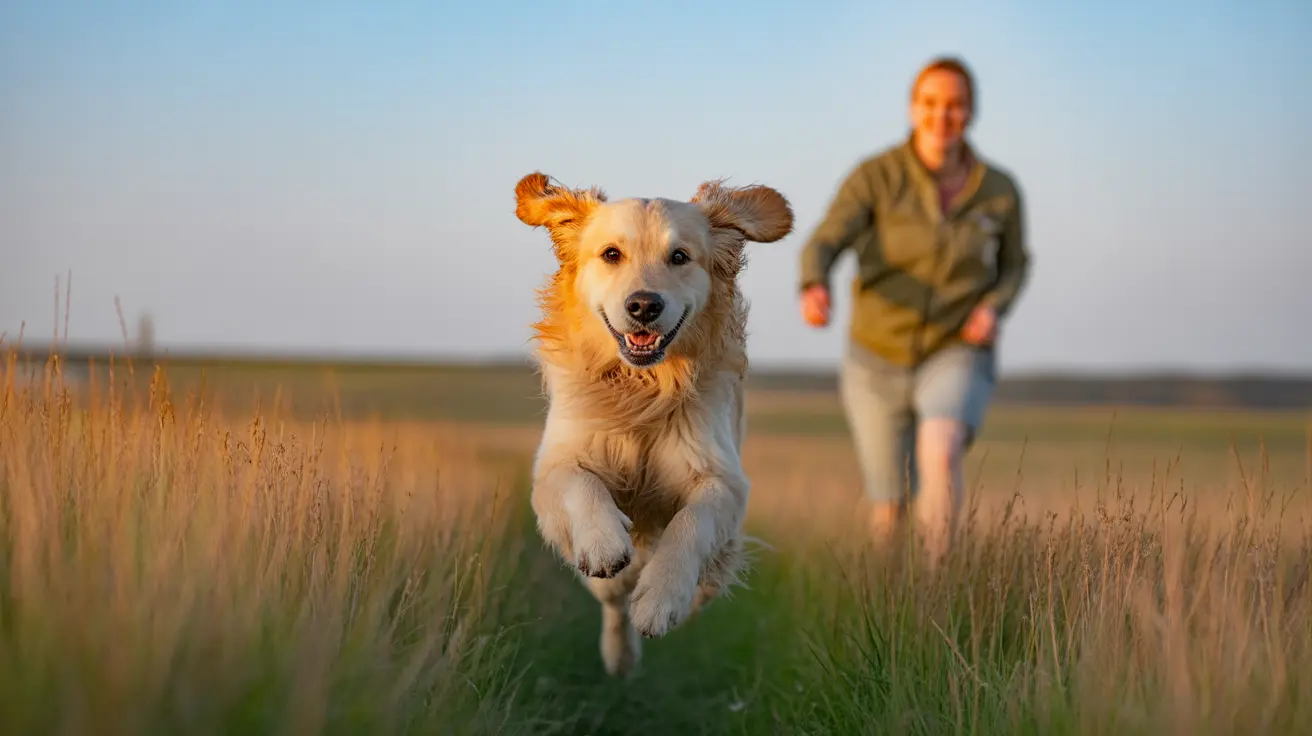Understanding Clingy Behavior in Dogs: Trust, Love, or Something More?
Many dog owners wonder, "Is my dog being clingy?" especially when their furry friend constantly leans against them, follows them around, or sleeps with their back or bum facing them. To answer this question, it's essential to explore the various forms of canine behavior and what they truly mean.
Why Do Dogs Present Their Rear to Humans?
One of the more puzzling behaviors that pets exhibit is presenting their rear ends to humans. This gesture isn't a show of disrespect or dominance but a form of instinctual communication deeply rooted in canine social behavior.
- Trust and Safety: When a dog turns its back to you or shows its rear, it is exposing a vulnerable area, implying it feels completely safe in your presence.
- Boundaries and Social Norms: In the animal world, direct eye contact can be perceived as a threat. Showing their back instead can be a sign of peace.
- Affection and Bonding: Dogs have scent glands near their tails. By pressing their rears against you, they may be marking you with their scent — a signal that you're an important member of their pack.
The Role of Scent
Scent is a major form of communication for dogs. The anal glands produce unique odors that are used for identification and territory marking. When your dog rubs or nudges you with their backside, they could be marking you or expressing a familial bond through scent-sharing, an instinct among pack animals.
Sleeping Positions as Indicators
The way a dog sleeps says a lot about how it feels around you. Sleeping with their butt facing you or lying on their side are both signs of trust and relaxation.
- Side Sleeping: Indicates complete relaxation and submission.
- Back to You: Suggests the dog is comfortable, trusts you, and feels the environment is safe.
- Curled around you: Often seen in affectionate breeds wanting constant contact and reassurance.
Is It Attention-Seeking?
Yes, sometimes dogs use these behaviors to get attention. The base of their tail is a difficult area to scratch themselves. Rubbing or pressing that area against you might be a request for help or simply an invitation for a good scratch.
Breed Tendencies
Certain breeds are more prone to exhibit clingy or physically affectionate behaviors, including:
- Herding Breeds: Breeds like Collies and Shepherds are wired to stay close to their group.
- Retrievers: Labrador and Golden Retrievers are known for their social and affectionate nature.
- Toy Breeds: Often bred as companions, breeds like Chihuahuas and Maltese thrive on constant proximity.
When to Be Concerned
Although these behaviors are generally harmless and affectionate, there are times when they might signal underlying issues. Watch for:
- Excessive Scooting: Could indicate anal gland problems or irritation.
- Persistent Licking or Whining: Might mean discomfort or pain.
- Sudden Onset of Clinginess: Could be due to anxiety, illness, or changes in the household.
If these behaviors become obsessive or physically intrusive, consider consulting your veterinarian for a medical check-up or a trainer for behavioral adjustments.
How to Respond
- Positive Reinforcement: Gently redirect pushy behavior and reward calm interactions.
- Consistent Boundaries: Teach your dog where and when physical closeness is appropriate.
- Meeting Emotional Needs: Make sure your pet gets enough playtime, exercise, and social interaction daily.
Clingy vs. Connected
A dog leaning on you, rubbing against you, or facing their back to you isn’t simply being clingy. More often, it’s a profound sign of connection, comfort, and mutual trust. These gestures mirror the complex social cues that dogs use in the wild to maintain bonds and communicate safety signals.
Understanding and appreciating these behaviors can greatly deepen your relationship with your furry friend and reveal the lovely, affectionate messages they are constantly sharing with you.





